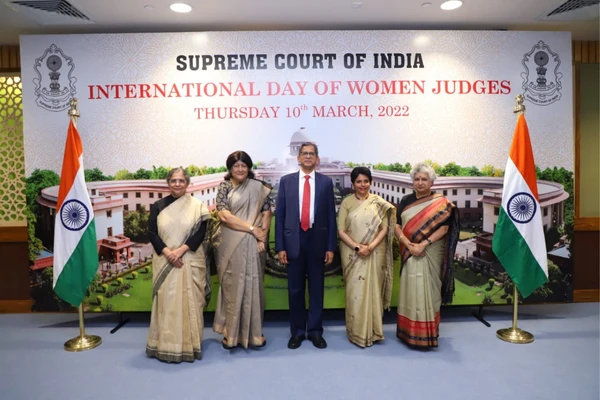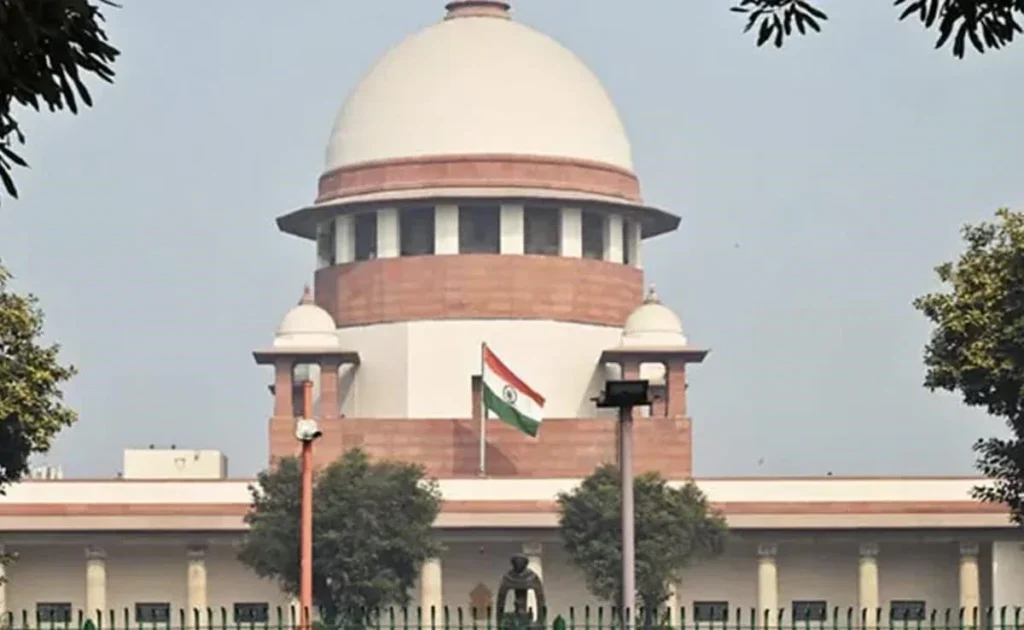The Supreme Court on Thursday reserved one-third of the seats in the executive committee of the Supreme Court Bar Association (SCBA) for women.
Status of Women in Judiciary:
Supreme Courts
- Only 11 women have served as judges in the Supreme Court since independence, comprising merely 4.1% of the total 268 judges appointed.
- The first woman judge, Justice Fathima Beevi, was appointed in 1989.
- Currently, there are three female judges: Justices Hima Kohli, Bela Trivedi, and BV Nagarathna.
- Justice BV Nagarathna is projected to be the first female Chief Justice of India in 2027, albeit for a short tenure of 36 days.
- The appointment in 2021 of Justices Kohli, Nagarathna, and Trivedi marked a historical moment with four female judges simultaneously serving in the Supreme Court, the highest number to date.
High Courts
- India has 25 High Courts with a sanctioned strength of 1,114 judges, but only 782 are currently serving.
- Of the serving judges, only 107 are women, which is about 13%.
- Justice Sunita Agarwal was recently appointed as the Chief Justice of Gujarat High Court, a notable appointment given the scarcity of female chief justices across other High Courts.
- Despite no reservation for specific groups, the Centre has advised High Court Chief Justices to consider candidates from diverse backgrounds, including women, to ensure social diversity in appointments.
Lower Judiciary
- The lower judiciary shows a higher representation of women compared to the higher courts, with 35% of judges being women according to the India Justice Report 2022.
- A study by the Vidhi Centre for Legal Policy in 2018 noted that while there is better representation at the lower judiciary level, it diminishes significantly in higher positions such as district judges.
- In states like Goa, Meghalaya, and Sikkim, women judges exceed 60% of the judiciary, the highest in the country.
- Several states including Andhra Pradesh, Assam, Bihar, Chhattisgarh, Jharkhand, Karnataka, Odisha, Rajasthan, Tamil Nadu, Telangana, and Uttarakhand have implemented quotas ranging from 30% to 35% for women in the lower judiciary through direct appointments.
Ref: Source
| UPSC IAS Preparation Resources | |
| Current Affairs Analysis | Topperspedia |
| GS Shots | Simply Explained |
| Daily Flash Cards | Daily Quiz |


